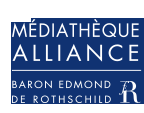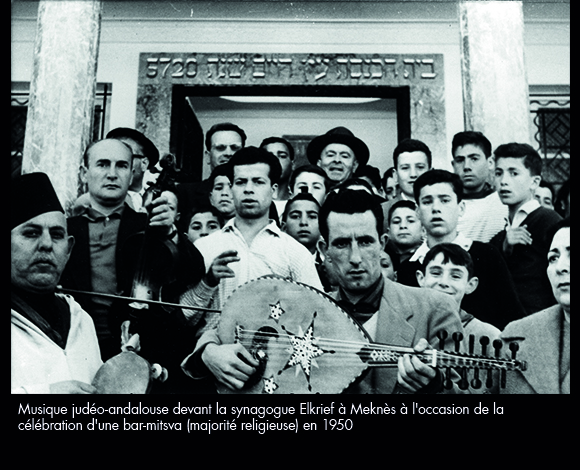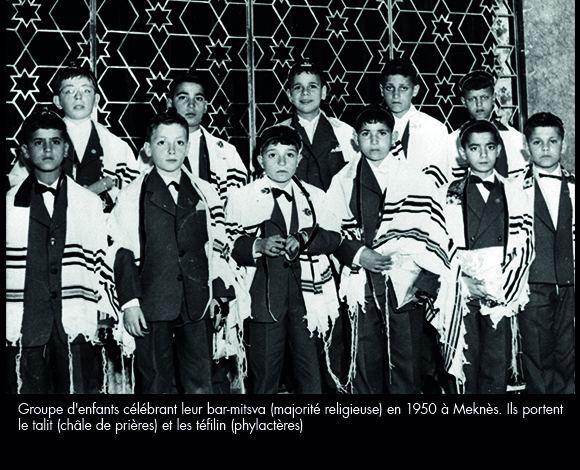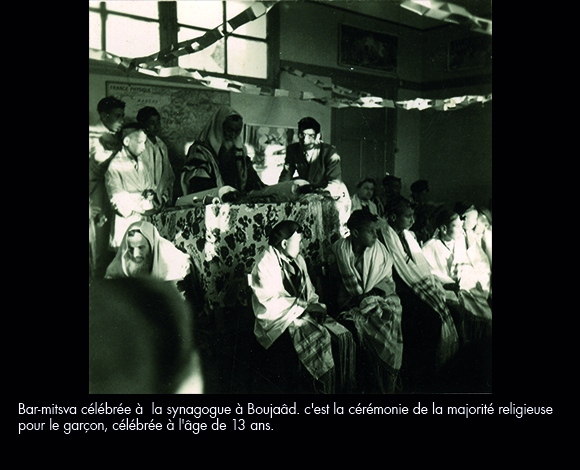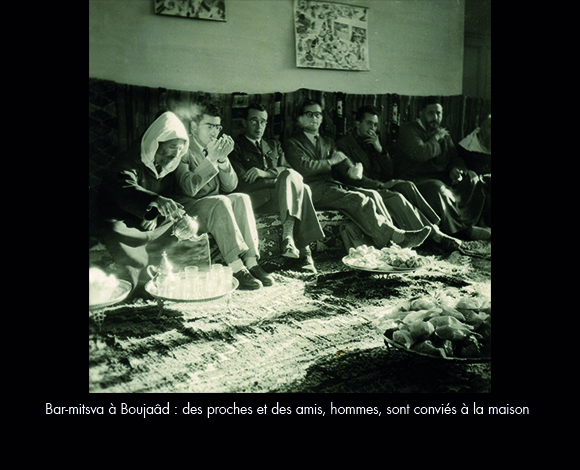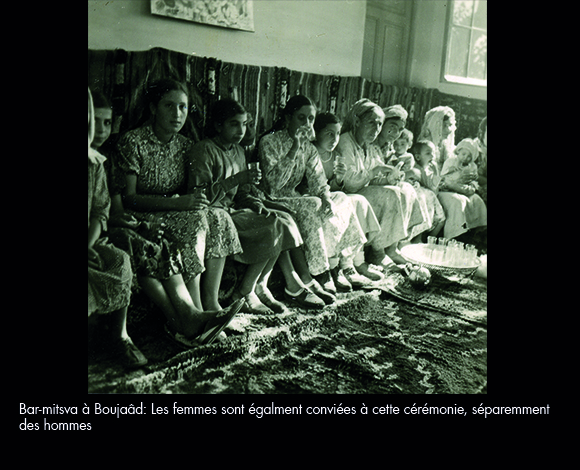Ceremonies and celebrations
Among all the feasts, ceremonies and celebrations that punctuate the cycle of Jewish life, from birth (redemption of first-born boys, circumcision of boys at eight days old, presentation of little girls in the synagogue) to marriage (purification at ritual baths, wedding ceremony), and until death (ritual preparation of the body, burial), the bar mitzvah (literally "son of commandment") is that which marks the transition from childhood to the religious maturity.
At the age of 13, the young boy is called for the first time to read from the sacred scroll of the Torah (Pentateuch, or Five Books of Moses) before the assembly of the faithful gathered at the synagogue. The reading consists of the parashah (or pericope, part of the Pentateuch read every week) corresponding to the boy’s birthday. Once the bar mitzvah is performed, the young man has all the same rights and duties in the fulfillment of the commandments (mitzvot) and in his life in the community. He can now participate in the quorum of 10 men (minyan) necessary for the collective prayer.
In the Moroccan Jewish community, the ceremony was traditionally held on the Thursday following the boy's twelfth birthday. On Wednesday evening, a party was organized at the house for adults and children. The next morning, at the start of the service, the rabbi would give the tefillin (or phylacteries, two leather boxes containing the text of four biblical passages, worn on the left arm and on the head at weekday morning services) to the boy, who soon after would read a passage from the Pentateuch. The ceremony was often collective, bringing together several boys of the same generation.
This ceremony is accompanied by family celebrations, where the young man is often endowed with many gifts, in particular the tallit (fringed shawl worn during certain prayers).
The equivalent ceremony for young women is called bat mitzvah ("daughter of commandment") and is celebrated at age 12. The bat mitzvah was much less practiced in Morocco.
You can of course find all the documents from this exhibition on our digital library.


